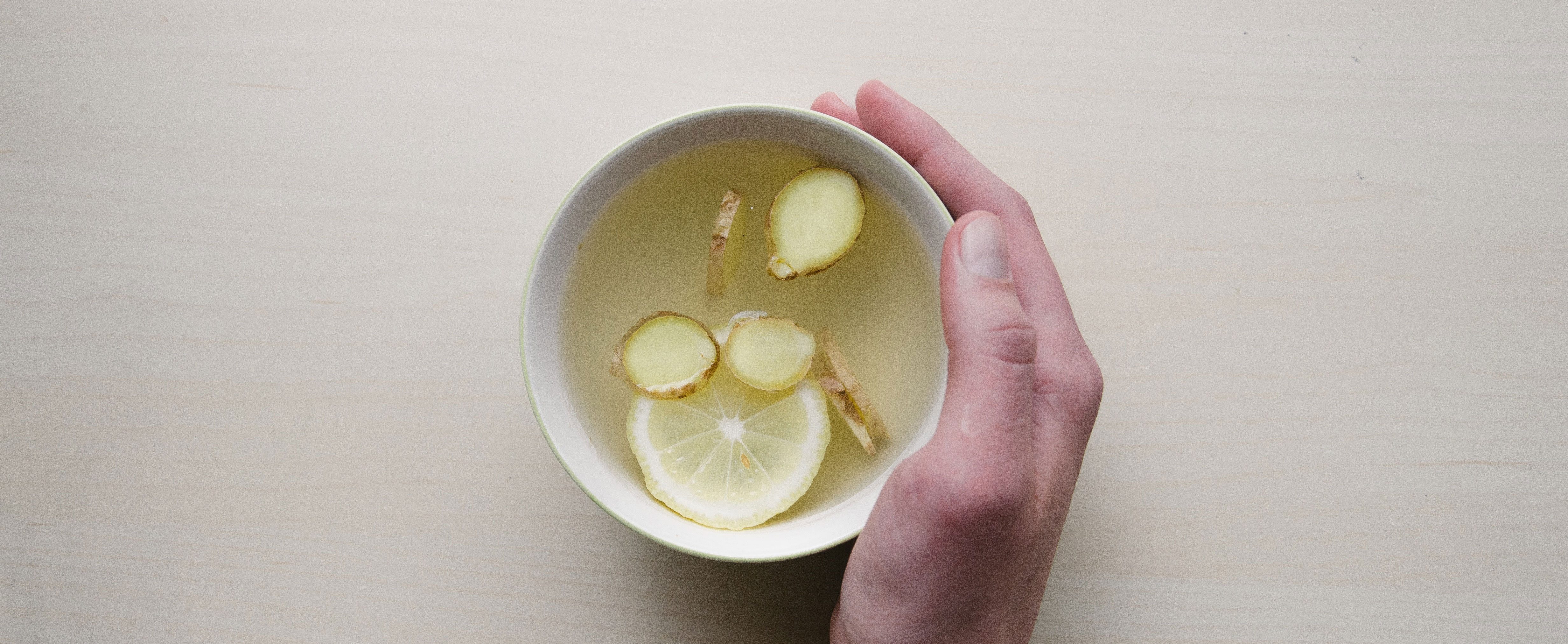Want to give your chances of getting pregnant an all-natural boost from the world of Traditional Chinese Medicine? Here’s the scoop on TCM…
The Scoop
At a fertility seminar in New York City’s ultra-hip Park Slope neighborhood in Brooklyn (Michelle Williams and Maggie Gyllenhaal are just a few of the famous moms who calls the place home), acupuncturist and natural fertility specialist Alexander Goldberg highlighted the role Traditional Chinese Medicine (TCM) and mind/body techniques can play in boosting a woman’s odds for having a baby. Couldn’t make the talk? Here are Goldberg’s top seven tips for improved fertility:
- Increase blood flow to your reproductive organs: TCM practitioners say that a stressful lifestyle pulls the body’s blood flow and attention away from reproductive, baby-making organs and funnels it instead to your arms and legs (part of the body’s “fight or flight” response). To change this course, use acupuncture to help reproductive organs receive optimal blood flow, or try focused relaxation (i.e., mentally going to your “happy place”), massage, or a de-stressing yoga session.
- Get your hormones into balance: Conception becomes tricky when your reproductive hormones are off-kilter. And what’s often the culprit behind a hormonal imbalance? Again, it’s stress: women with high-stress lifestyles may produce more of the hormone prolactin, which may them impede ovulation. Besides using strategies to cut down on stress in your life, certain herbs from TCM may be beneficial—as can simply eating a healthy diet and exercising, two of the best ways to bring the body’s hormones back into balance.
- Improve emotional health: According to TCM, two of the most common organ systems addressed in fertility are the liver and the lungs. The liver is related to anger, frustration, stress, and desire. So, it’s no wonder why one of the most common TCM diagnoses for infertility is Liver Qi stagnation. The lungs are related to sadness, grief, and holding on. How to get the fertility “chi” flowing? Make sure to find time to calm your mind through acupuncture, yoga, or meditation.
- Avoid dampness: Dampness accumulates in our bodies and causes blockages in the form of cysts and fibroids that can make getting pregnant difficult, says practitioners of TCM. If you’re trying to become pregnant, eliminate damp food like milk, cheese, yogurt, butter, ice cream, greasy foods, and alcohol. Wet clothing, humid environments, and moist basements should also be avoided.
- Chart your cycle: Charting your basal body temperature can help you determine when you’re ovulating, whether ovulation occurs on the optimal day and if your body is at a temperature conducive for fertility. Western medicine believes in this one, too! Look for special basal thermometers at your local pharmacy.
- Make sure your body is receptive to conception: The perfect woman? If we go by what we see in magazines, she’s very thin, muscular, and extremely active. According to TCM, these values do not support the concept of fertility, which is warm, enveloping, holding, and supportive. If you are constantly expending all of your energy working out or following the latest fad diet, there may not be enough energy left to support new life. In other words: everything in moderation.
- Don’t obsess: The more emphasis we put on our tries for a baby not succeeding in any given month, the more stress and frustration we create for ourselves. This in turn, may create more fertility hurdles. In TCM, it is thought that having a passive attitude toward your outcome and being more conscious of the process are what will help you maintain balance and, ultimately, give you the results you want.
Your Fertility
Will these tips work for you? A growing number of doctors in the US are fans of techniques like acupuncture for treating a host of health conditions, including infertility, while some remain skeptical. Thinking about taking herbs or other medicines from the world of TCM? Check with your doctor first to make sure they don’t interfere with any other medications you may be taking. But advice to follow a healthy diet? Thus is something you should be doing anyway!
Original article and pictures take www.babble.com site







